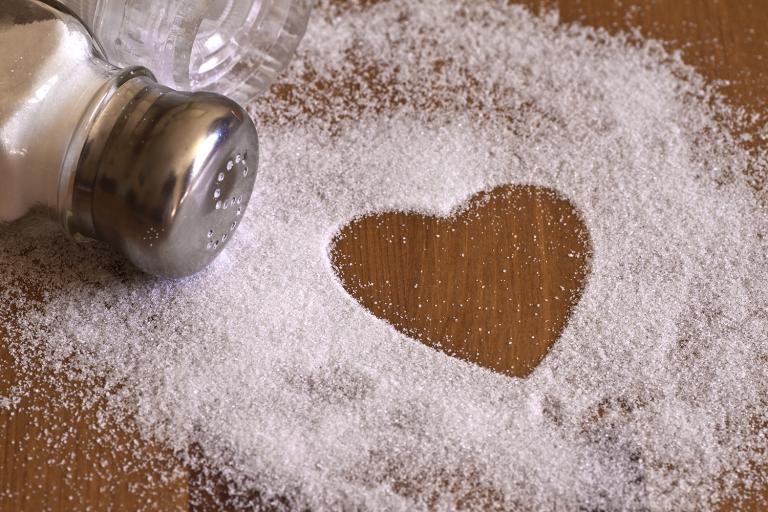Too much salt can lead to high blood pressure, heart disease, stroke, and kidney disease. The American Heart Association recommends consuming just 1,500 milligrams per day. That's about two-thirds of a teaspoon--and most people consume a lot more than that.
If you're concerned about your salt intake, here are a few ways to cut back without too much sacrifice.
How To Reduce Your Salt Intake
- Fresh vegetables and fruits are naturally low in sodium--let these dominate your diet.
- Replace the salt shaker on your dinner table with your favorite herbs and spices, or lemon or lime juice to accent food's flavors.
- Omit salt from recipes (except for baked goods, which may rely on salt for their chemical reactions).
- Adopt the DASH (Dietary Approaches to Stop Hypertension) diet. People on DASH can see their blood pressure drop a few points in two weeks, and more over time. DASH helps reduce sodium and adds nutrient-dense foods to a diet that that naturally lowers blood pressure because it provides potassium, calcium, and magnesium.
- Avoid the obvious: Bacon is full of salt. So is pepperoni pizza!
- The pinch here or there won't hurt as much as the sodium in processed foods. Check the labels on cereals, canned vegetables, soups, and sauces. Deli meats often are loaded with it. The more processed the food, the more salt it's likely to have.
- Look for low- or reduced-sodium soups, sauces, beans, and vegetables. Rinse canned beans and veggies to reduce salt.

